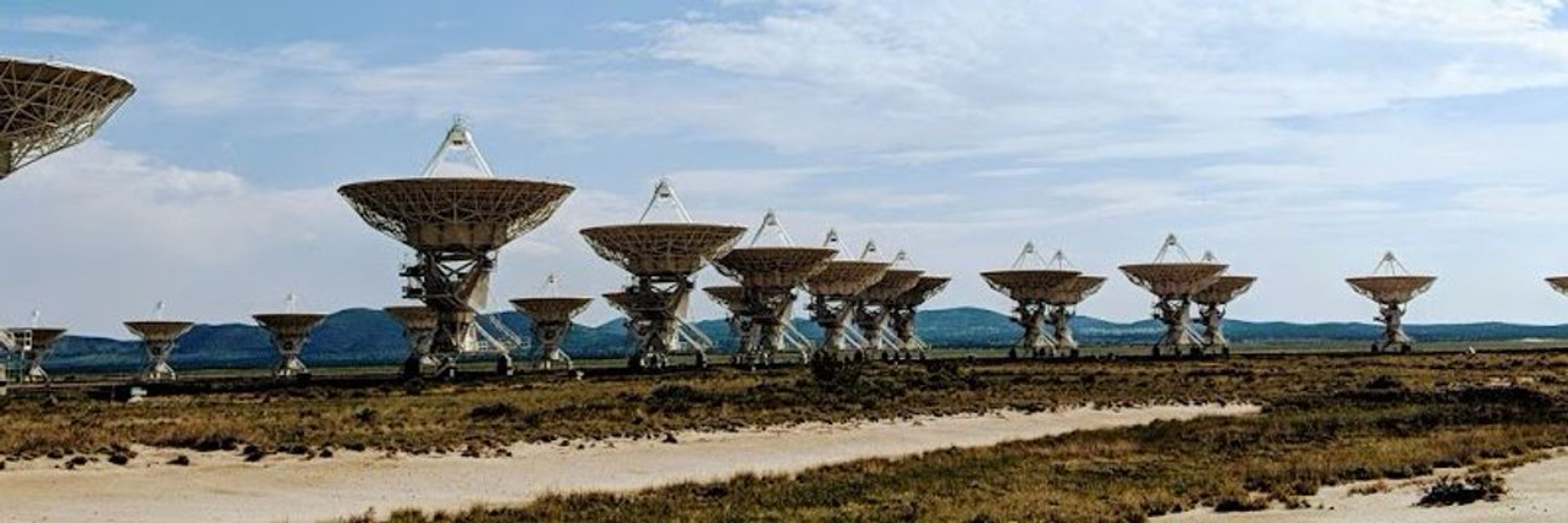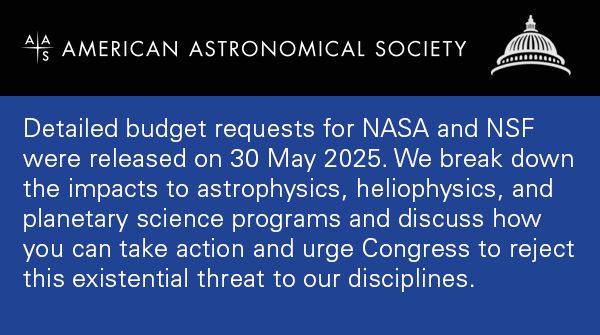Anna Kapinska
@drannadana.bsky.social
100 followers
140 following
46 posts
Astrophysicist & Radio Astronomer: jets, black holes, galaxies. Scuba diver. Alpine skier. Bee guardian. Medievalist & post-apocalyptic skills holder.
Posts
Media
Videos
Starter Packs
Reposted by Anna Kapinska
Reposted by Anna Kapinska
Anna Kapinska
@drannadana.bsky.social
· Aug 22
Anna Kapinska
@drannadana.bsky.social
· Aug 22
Anna Kapinska
@drannadana.bsky.social
· Aug 22
Anna Kapinska
@drannadana.bsky.social
· Aug 22
Anna Kapinska
@drannadana.bsky.social
· Aug 22
Anna Kapinska
@drannadana.bsky.social
· Aug 22
Reposted by Anna Kapinska
Anna Kapinska
@drannadana.bsky.social
· Aug 22
Reposted by Anna Kapinska
Reposted by Anna Kapinska
Reposted by Anna Kapinska
Reposted by Anna Kapinska
Reposted by Anna Kapinska
Reposted by Anna Kapinska
Reposted by Anna Kapinska
Reposted by Anna Kapinska
Anna Kapinska
@drannadana.bsky.social
· Jun 7















